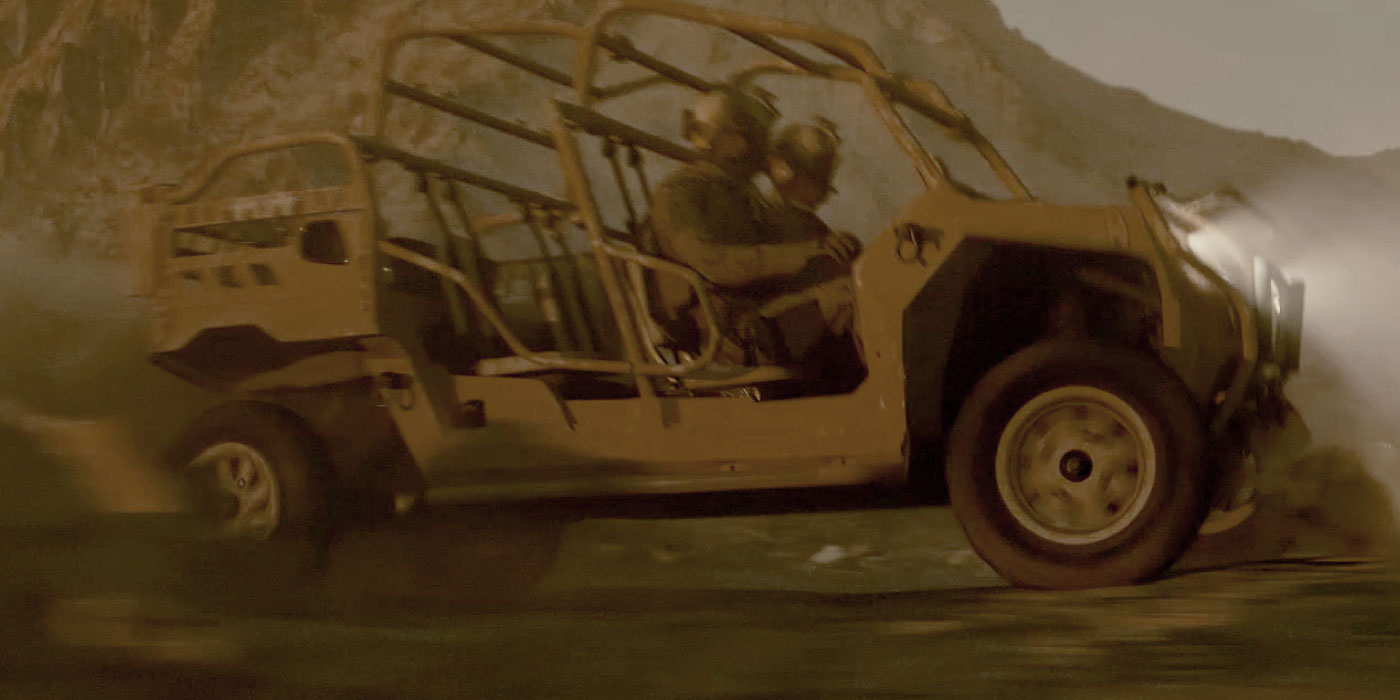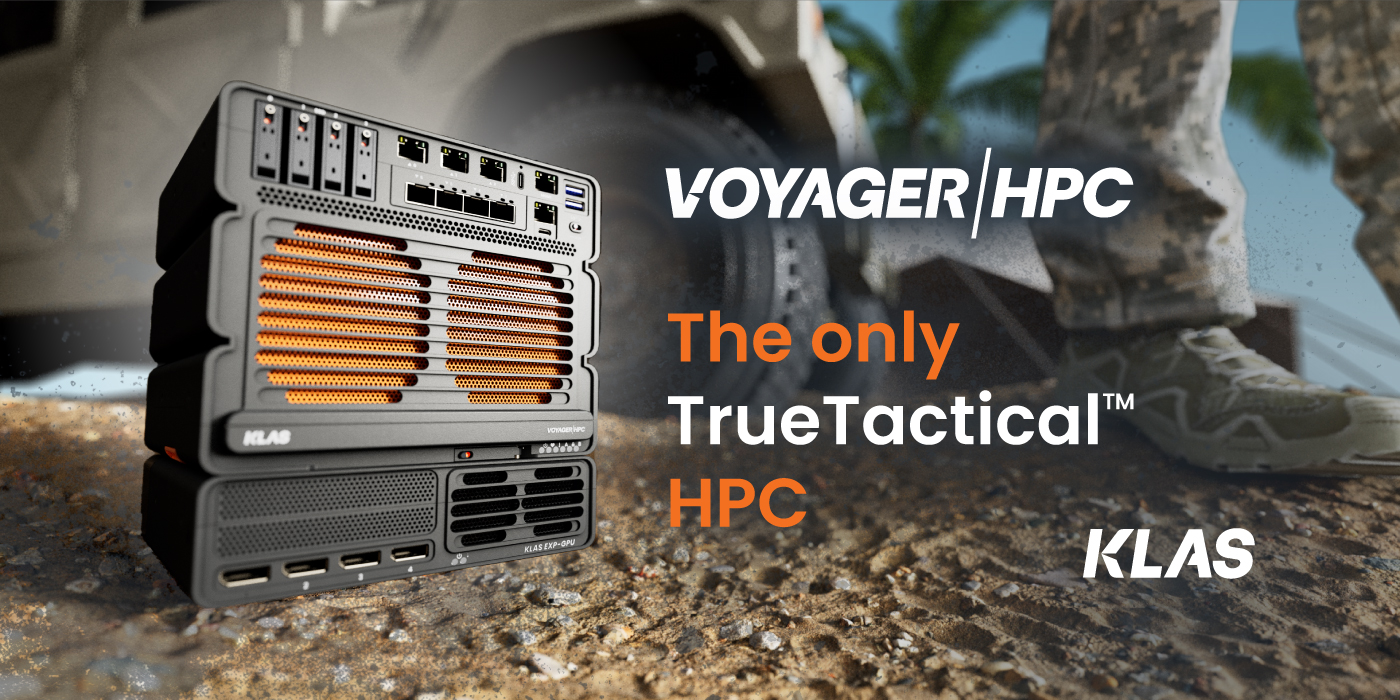“Products for commercial customers are not designed to be operated in a risky combat environment at the tactical edge; the DoD will need to drive solutions for low bandwidth-contested environments.”
Center for Strategic International Studies (CSIS)¹
The 2022 analyst publication from the CSIS, “Pathways to Implementing Comprehensive and Collaborative JADC2”, rightly identifies that enterprise IT systems were never meant for the Tactical Edge.
More often than not, we come up against solutions that have MIL-STD compliance listed in the datasheet. In which an enterprise IT system has undergone some treatments post-production and has stood up to MIL-STD compliance testing. But when it comes to the practicality of the solution, it is clear that it was designed for something other than the Tactical Edge. A straightforward and practical example is when a device is (intentionally or unintentionally) outside the sight and control of the designated user.
As per our previous blog, “The future of the Tactical Edge” ², we noted that Tactical Edge implies that personnel can be in highly stressed environments. Let’s take a repurposed enterprise server that is MIL-STD-810 compliant, on which the storage modules get embedded inside the chassis. If a “Get out now” command is issued, does the warfighter have the time to find a screwdriver for some obscure screw head? Is there time to unmount the chassis, open it up and then pull the storage cards to ensure no sensitive data is left behind?
The question is, how pragmatic or relevant is the MIL-STD-810 to the warfighter’s needs?
Practicality of MIL-STD
The MIL-STD-810 is nearing its 60th birthday; its intended purpose is to outline the test methodologies to determine a device’s ability to withstand environmental factors. At a high level, the standard covers:
- Environmental stress types and duration
- Test criteria and analysis
- Expected performance of device under stress
- Identify failures in the materials, design, build and packaging of the device
The MIL-STD provides confidence that a device can operate to a level of competence in a controlled environment. A real life example that we hear from customers, is that the purchased compute from a competitor, is not able to run at full capacity when the ambient daytime air temperature is sustained at 122ºF.
The drop in performance means additional compute nodes are required, which is an additional cost. Instead of one device, there are now two, which brings into question the value of the competitor’s low-SWAP statement. MIL-STD compliance serves a purpose, but there are areas for improvement when it comes to validating the reliability of real-world applications as part of an actual Tactical Edge deployment.
Evolving MIL-STD-810 for the Tactical Edge
A fascinating aspect of the CSIS analyst’s viewpoint, is that it first highlights deficiencies in commercial offerings but then states the need for low-bandwidth connectivity. This sentiment aligns with the JADC2 strategy document³, which highlights how crucial information sharing is when connectivity is challenging.
With connectivity at the forefront of everyone’s mind, the Tactical Edge needs to be an open architecture. The architecture needs to facilitate the seamless integration of future innovations in low-bandwidth and low-latency technology at the Tactical Edge.
When it comes to standardization, where will connectivity fit? A good starting point is the MIL-STD-810, however the standard needs to evolve:
- Needs to take into account pragmatic use cases, as highlighted earlier.
- Consider the solution as a whole i.e. today compliance is on a block level.
- Extend the standard to include test criteria and methodologies for connectivity.
Ultimately, Mil-STD-810 needs to be aligned with the future of the Tactical Edge as proposed by JADC2.
A TrueTactical™ Edge standard
At Klas, the standard and way forward is TrueTactical™, the technology is made for expeditionary forces, and performs without compromise when it matters most, even in the most austere environments of the tactical edge. To ensure that the MIL-STD-810 has real meaning and impact in the next 60 years, it needs to evolve to include criteria testing that meets the needs of Tactical Edge, for example:
- Austere environments and temperatures: while device is under 100% operational load
- SWaP: continues to operate when power is degraded/off
- Shock and vibration: on a component block and a complete solution level
- Portability: can be handled by an individual
- Upgradability/Flexibility: robustness of interconnection between modules
- Accessibility: component insertions e.g. sensitive data storage removal
- Operational readiness: support for classified and unclassified enclaves
- Connectivity: effectiveness over degraded spectrum
To learn more about TrueTactical™
Please visit – https://www.klasgroup.com/government/truetactical/
Resources
- https://www.csis.org/analysis/pathways-implementing-comprehensive-and-collaborative-jadc2
- Klasgroup.com/blog.
- https://media.defense.gov/2022/Mar/17/2002958406/-1/-1/1/SUMMARY-OF-THE-JOINT-ALL-DOMAIN-COMMAND-AND-CONTROL-STRATEGY.PDF?source=GovDelivery






